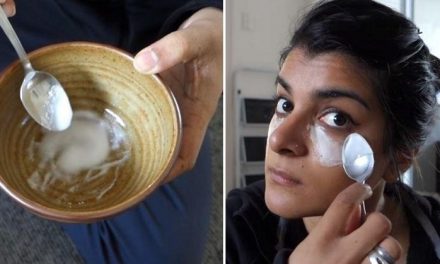If you have health insurance in this country, even really good insurance, it’s likely that you will still pay out of pocket costs for “complementary” things like acupuncture and chiropractic care. And you aren’t alone. Every year about 59 million of us spend our own money on those complementary health procedures to the tune of $30.2 billion dollars.
These findings were published in National Health Statistics Reports and come from an analysis of the 2012 National Health Interview Survey which was put out by the National Center for Complementary and Integrative Health (NCCIH) and the Centers for Disease Control and Prevention (CDC).
While previous studies estimated costs for American adults, the new analysis is the first to include data on children, total spending across age groups, and on mean spending per user for any use of these approaches.
Around 44,700 participants were analyzed and included about 34,500 adults age 18 and older and about 10,200 children age 4 to 17 (info about children was provided by an adult member of the household).
Here’s the annual breakdown from the NCCIH:
- About 59 million Americans age 4 or older had at least one out-of-pocket expenditure related to a complementary health approach―55.2 million adults and 4.1 million children (23.5 percent and 7.1 percent, respectively).
- Total out-of-pocket spending for complementary approaches was $30.2 billion―$28.3 billion for adults and $1.9 billion for children―representing 9.2 percent of all out-of-pocket spending by Americans on health care and 1.1 percent of total health care spending.
- Among those who had an expenditure on complementary approaches, the mean out-of-pocket spending per person was $510.
According to the NCCIH, the survey also showed what types of complementary approaches Americans spend their money on:
- $14.7 billion out-of-pocket on visits to complementary practitioners. More is spent on visits to complementary practitioners than on natural product supplements or self-care purchases (see below), and the mean annual out-of-pocket expenditure for practitioner visits was $433.
- $12.8 billion out-of-pocket on natural product supplements, which was about one-quarter (24 percent) of what they spent out-of-pocket on prescription drugs ($54.1 billion). The mean annual out-of-pocket expenditure in this category was about $368.
- Purchases related to self-care approaches (for example, homeopathic medicines and self-help materials, such as books or CDs, related to complementary health topics) was $2.7 billion, and the mean annual out-of-pocket expenditure per user was $257.
Interestingly, as family income went up, out-of-pocket spending on complementary approaches went up as well, significantly. For a family with incomes of less than $25,000, for example, the average per user out-of-pocket expenditure was $435. And with family incomes of $100,000 or more, the total was $590. And out-of-pocket expenditures for visits to complementary practitioners averaged $314 for people with family incomes of less than $25,000 and $518 for those with family incomes of $100,000 or more.
Americans spent more on complementary approaches for adults than for children, but the researchers assumed that was due to there being more adults than children in the U.S. population. The survey also found that adults were more likely than children to use complementary health approaches…unless they have crunchy Mommas, of course. In that case, everyone is going to the chiropractor and everyone is taking supplements!
The authors did an earlier study on cost data from the 2007 NHIS, but because the surveys had different designs, they weren’t directly comparable. However, what they both found was that while spending on complementary approaches is a small fraction of health care spending, it’s substantial enough to pay attention to.
Source: National Center for Complementary and Integrative Health












